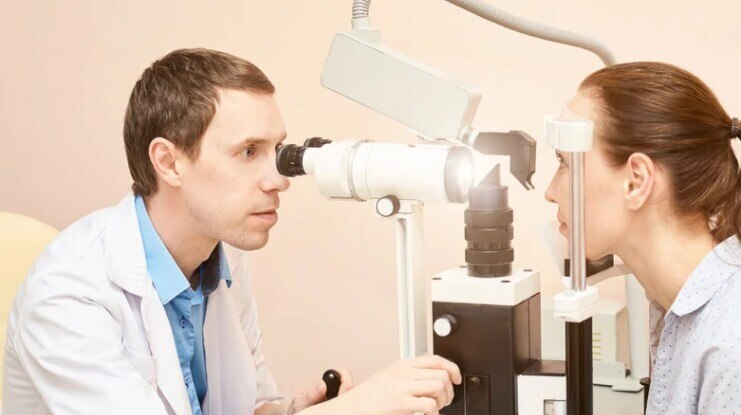Conjunctivochalasis
Conjunctivochalasis (CCH) is defined as a redundant, loose, nonedematous conjunctiva that may be symptomatic, or may be asymptomatic.
Unstable tear film, and mechanical disruption of tear flow are the reasons of symptomatic conjunctivochalasis.
Redundant folds of conjunctival skin accumulate between the globe of the eye and the margins of the eyelid in case of CCH. These redundant conjunctiva makes uncomfortable feelings in the eye.
CCH is usually found in the adult or the older people. Conjunctivochalasis is more common in case of some specific patients. They are:
- Patients having dry eye
- Having Meibomian Gland Disease (MGD) / blepharitis
- Patients associated with wearing contact lens
Causes:
There are some probable causes of Conjunctivochalasis. They are –
- Inflammation of the eye
- Blepharitis
- Meibomian gland disorder (MGD)
- Ehlers-Danlos Syndrome (EDS)
- Aqueous tear deficiency
- Trauma to conjunctiva
- Abnormal eyelid position
- Local trauma,
- Ultra-violet radiation and
- Delayed tear clearance
- Mechanical forces between the lower eyelid and conjunctiva
Symptoms of Conjunctivochalasis:
In some cases of conjunctivochalasis, patients do not face any symptom. Some patients may face symptoms. But the symptoms are not specific. Some symptoms of Conjunctivochalasis is given here:
- Eyes that feel sore
- Blurred vision
- Irritation
- Eye pain
- Foreign body sensation
- Epiphora
- Eye stiffness on awakening
- Stinging or burning of the eyes
- Eyes that feel particularly tired despite getting adequate rest
- Discharge
- Dryness
- Discomfort
- Burning sensation
- Lacrimation or watering
- Subconjunctival haemorrhage
- Ocular fatigue
- Uncomfortable eyes
Signs of Conjunctivochalasis:
- Redundant conjunctiva
- Excessive movement of the conjunctiva
- Conjunctiva may be redundant 360 degrees
- Abnormal dispersion of tear film
Diagnosis:
To confirm the diagnosis of this problem some clinical exams are needed to perform. This diagnosis is mainly clinical.
Optical Coherence Tomography (OCT) images are very helpful to diagnosis the Conjunctivochalasis.
Treatment of Conjunctivochalasis:
There are some ways to treat Conjunctivochalasis. Some of the treatment are mentioned here:
- Lubrication
- Treat concurrent eyelid disease
- Surgery
FAQ
How do you fix Conjunctivochalasis?
There are some possible surgical procedures to treat conjunctivochalasis. They are:
Removal of the excess tissue,
Tightening the loose tissue,
Replacing of the abnormal conjunctival tissue.
Diagnosis and treatment for conjunctivochalasis
What medication is used for Conjunctivochalasis?
In case of asymptomatic condition, doctor may prescribe you a lubricating eye drops. It removes your uncomfortable conditions in the eyes.
Doctor may also be prescribe you a course of topical corticosteroids. This will help you to reduce your eye inflammation.
What are the types of conjunctiva?
The conjunctiva is divided into 3 regions. They are:
- Palpebral or tarsal conjunctiva
- Bulbar or ocular conjunctiva
- Conjunctival fornices
What color should the conjunctiva be?
The conjunctiva on the eyeball should be white in color.
What is conjunctiva in the eye?
Conjunctiva is a thin layer of connective tissue or membrane that lines the inside of the eyelids and covers the sclera. It produces mucus and tears to lubricate the eyes.
What is pinkeye?
Another name of the conjunctivitis is pinkeye. It is an inflammation of the conjunctiva.
What are the causes of Pinkeye?
The causes of pinkeye are listed here:
- Viruses
- Bacteria
- Irritants (shampoos, dirt, smoke)
- An allergic reaction
- Fungi
- Amoebas
- Parasites






